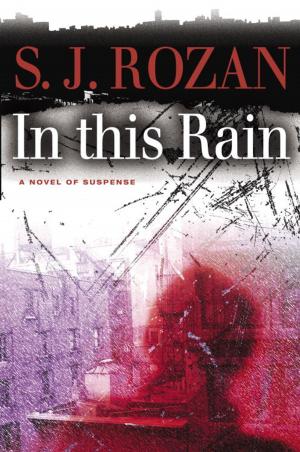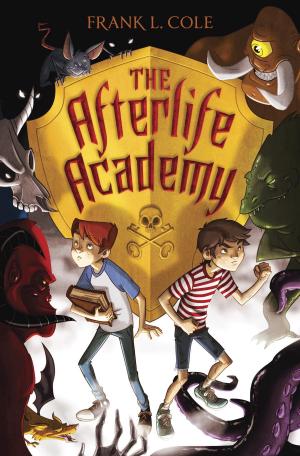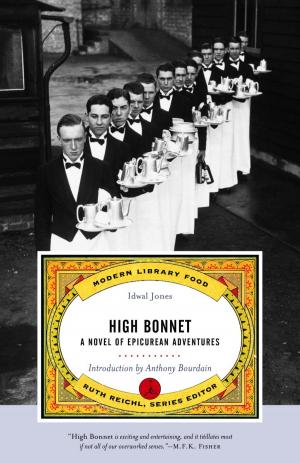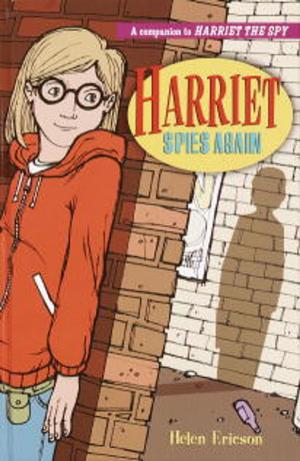A Genius for Failure
The Life of Benjamin Robert Haydon
Nonfiction, Home & Garden, Crafts & Hobbies, Art Technique, Painting, Art & Architecture, General Art, Individual Artist, Biography & Memoir| Author: | Paul O'Keeffe | ISBN: | 9781446426586 |
| Publisher: | Random House | Publication: | January 11, 2011 |
| Imprint: | Vintage Digital | Language: | English |
| Author: | Paul O'Keeffe |
| ISBN: | 9781446426586 |
| Publisher: | Random House |
| Publication: | January 11, 2011 |
| Imprint: | Vintage Digital |
| Language: | English |
* Haydon's first attempt at suicide ended when the low calibre bullet fired from his pistol fractured his skull but failed to penetrate his brain.
* His second attempt also failed: a deep slash across his throat left a large pool of blood at the entrance to his studio, but he was still able to reach his easel on the opposite side of the room.
*Only his third attempt, another cut to the throat which sprayed blood across his unfinished canvas, was successful. He died face-down before the bespattered 'Alfred and the First British Jury', his final bid 'to improve the taste of the English people' through the High Art of historical painting.
* Such intensity, struggle and near-comic inability to succeed encapsulate Haydon's career. Thirty years before his death his huge, iconic paintings had made him the toast of early 19th-century London, drawing paying crowds to the Egyptian Hall in Piccadilly for months and leading to nationwide tours.
* However, his attempt to repeat such success three months before his death was to destroy him: barely a soul turned up, leaving the desperate painter alone, humiliated, and facing financial ruin.
* In A Genius for Failure Paul O'Keeffe makes clear that the real tragedy of Haydon lay in the extent to which his failures were unwittingly engineered by his own actions - his refusal to resort to the painting of fashionable portraits, for example, and his self-destructively acrimonious relationship with the RA.
* The company he kept - Keats, Shelley, Wordsworth, Sir Robert Peel and the Duke of Wellington, among many others - and the momentous events he lived through - The Battle of Waterloo, the Coronation of George IV, and the passing of the first Parliamentary Reform Bill - make A Genius for Failure not only the definitive biography of this fascinating and tragic painter, but a stirring portrayal of an age.
* Haydon's first attempt at suicide ended when the low calibre bullet fired from his pistol fractured his skull but failed to penetrate his brain.
* His second attempt also failed: a deep slash across his throat left a large pool of blood at the entrance to his studio, but he was still able to reach his easel on the opposite side of the room.
*Only his third attempt, another cut to the throat which sprayed blood across his unfinished canvas, was successful. He died face-down before the bespattered 'Alfred and the First British Jury', his final bid 'to improve the taste of the English people' through the High Art of historical painting.
* Such intensity, struggle and near-comic inability to succeed encapsulate Haydon's career. Thirty years before his death his huge, iconic paintings had made him the toast of early 19th-century London, drawing paying crowds to the Egyptian Hall in Piccadilly for months and leading to nationwide tours.
* However, his attempt to repeat such success three months before his death was to destroy him: barely a soul turned up, leaving the desperate painter alone, humiliated, and facing financial ruin.
* In A Genius for Failure Paul O'Keeffe makes clear that the real tragedy of Haydon lay in the extent to which his failures were unwittingly engineered by his own actions - his refusal to resort to the painting of fashionable portraits, for example, and his self-destructively acrimonious relationship with the RA.
* The company he kept - Keats, Shelley, Wordsworth, Sir Robert Peel and the Duke of Wellington, among many others - and the momentous events he lived through - The Battle of Waterloo, the Coronation of George IV, and the passing of the first Parliamentary Reform Bill - make A Genius for Failure not only the definitive biography of this fascinating and tragic painter, but a stirring portrayal of an age.















